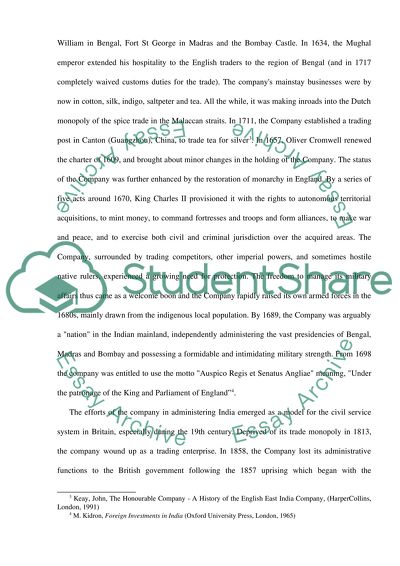Cite this document
(“The Impact of British Colonization in India Essay”, n.d.)
The Impact of British Colonization in India Essay. Retrieved from https://studentshare.org/miscellaneous/1523498-the-impact-of-british-colonization-in-india
The Impact of British Colonization in India Essay. Retrieved from https://studentshare.org/miscellaneous/1523498-the-impact-of-british-colonization-in-india
(The Impact of British Colonization in India Essay)
The Impact of British Colonization in India Essay. https://studentshare.org/miscellaneous/1523498-the-impact-of-british-colonization-in-india.
The Impact of British Colonization in India Essay. https://studentshare.org/miscellaneous/1523498-the-impact-of-british-colonization-in-india.
“The Impact of British Colonization in India Essay”, n.d. https://studentshare.org/miscellaneous/1523498-the-impact-of-british-colonization-in-india.


